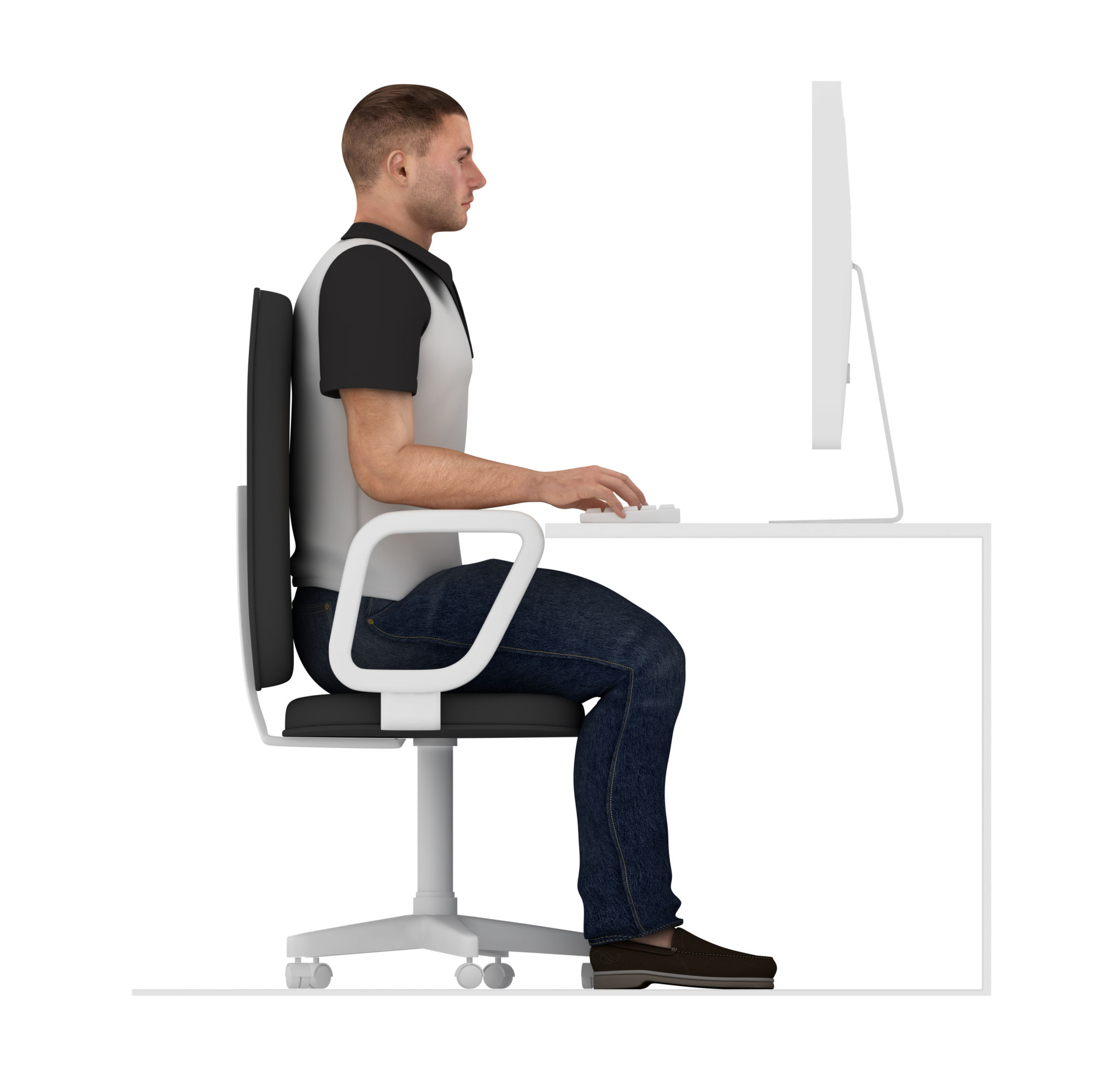Transform Your Home Office Workspace - Essential Tips for Ergonomic Office Setup
Understanding Ergonomics
Creating an ergonomic office setup is essential for enhancing both productivity and well-being. Ergonomics focuses on designing a workspace that fits the user's needs and minimizes discomfort. By investing time in setting up an ergonomic workspace, you can prevent common issues like back pain, eye strain, and repetitive stress injuries.
Ergonomics is not just about purchasing expensive office furniture. It's about making thoughtful adjustments to your current setup to promote a healthier work environment. From your chair to your computer monitor, every element plays a crucial role in ensuring comfort and efficiency.

Choosing the Right Chair
The chair is one of the most important components of an ergonomic office. An appropriate chair should support your lower back, encourage good posture, and be adjustable to meet your individual needs. Look for chairs with lumbar support, adjustable armrests, and seat height settings.
When seated, your feet should rest flat on the floor, and your knees should be at a 90-degree angle. If your chair is too high, consider using a footrest. Remember, a well-chosen chair can significantly reduce back and neck strain.
Positioning Your Desk
Your desk should be at a height where your elbows are at or slightly below a 90-degree angle when typing. This position helps avoid unnecessary strain on your shoulders and wrists. Make sure there’s enough space under the desk to move your legs freely.

Monitor Placement
The position of your computer monitor is critical for reducing eye strain and neck pain. The top of the screen should be at or slightly below eye level, about an arm's length away from where you sit. This minimizes the need for excessive neck movement and helps maintain a neutral posture.
If you use multiple monitors, place them side by side at the same height to avoid frequent head turning. Consider using a monitor stand or adjustable arm to achieve the ideal height and distance.
Keyboard and Mouse Setup
Your keyboard and mouse should be positioned so that your wrists remain straight while typing or using the mouse. Consider using a keyboard tray or wrist support if needed. It's also beneficial to keep these devices close enough to prevent reaching, which can cause shoulder strain.

Organizing Your Workspace
An organized workspace contributes significantly to an ergonomic setup. Keep frequently used items within easy reach to prevent unnecessary stretching. Declutter your desk to ensure a clean, efficient work area that promotes focus and reduces stress.
Consider using organizational tools like shelves, document trays, and cable management solutions to keep everything tidy. A well-organized desk not only looks professional but also enhances productivity by reducing distractions.
Incorporating Movement
Ergonomics is not just about sitting; it's also about incorporating movement into your day. Take regular breaks to stand, stretch, or walk around. Sitting for prolonged periods can lead to various health issues, so make it a habit to change positions frequently.
Consider using a sit-stand desk converter to alternate between sitting and standing throughout the day. This simple change can boost energy levels and reduce the risk of sedentary-related health problems.

Lighting Your Workspace
Proper lighting is essential for reducing eye strain and creating a comfortable work environment. Natural light is ideal, but if that's not possible, use task lighting to illuminate your workspace adequately. Position lights to avoid glare on your computer screen.
Consider using lamps with adjustable brightness settings to adapt to different tasks throughout the day. Good lighting not only prevents headaches and eye discomfort but also improves mood and concentration.
Transforming your workspace into an ergonomic haven doesn't have to be complicated or expensive. By making small adjustments and being mindful of how you interact with your workspace, you can create an environment that supports your health and productivity. Remember, investing in ergonomics is investing in yourself.
